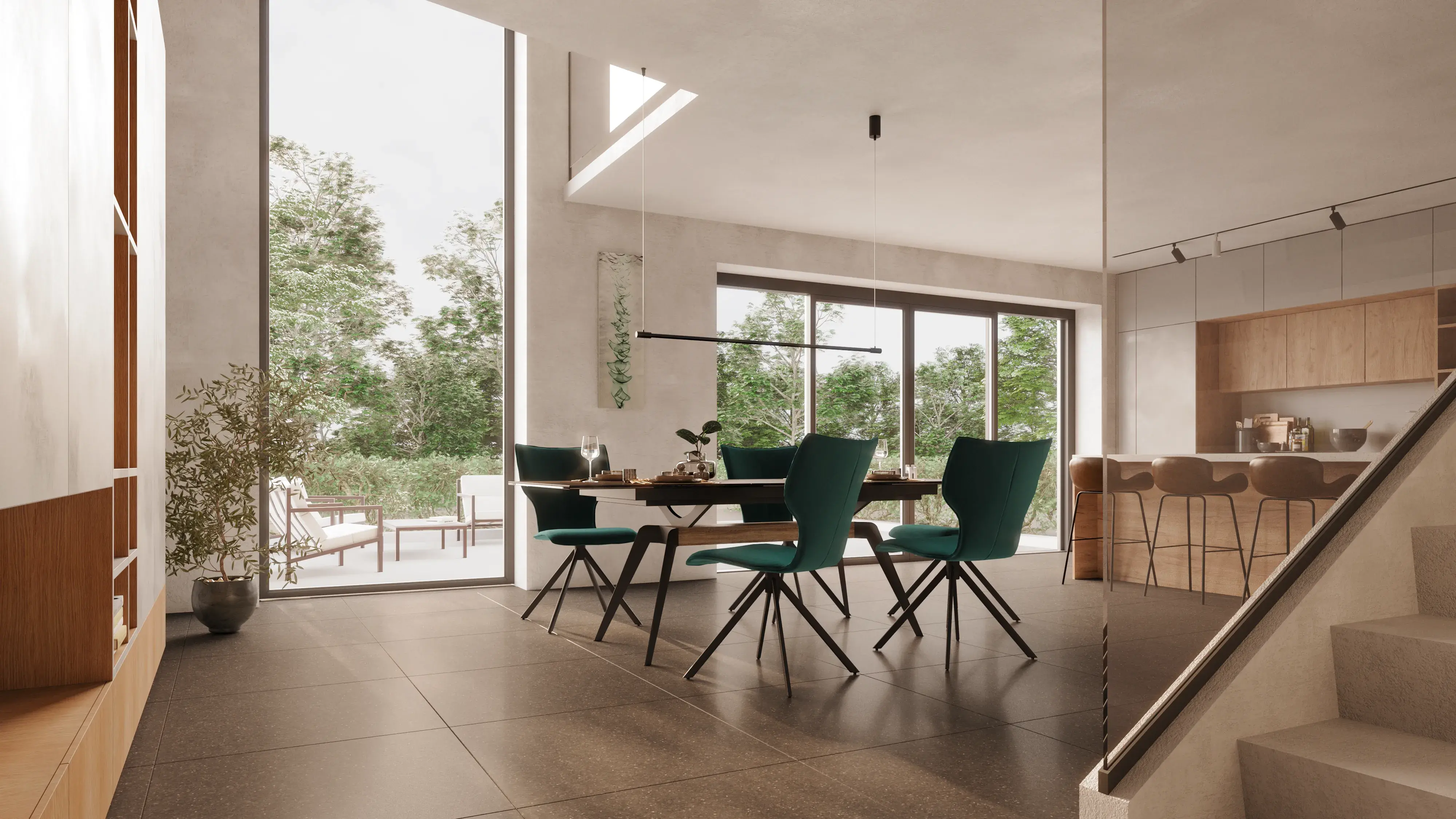The use of 3D renderings in marketing and advertising has become increasingly popular in recent years, and for good reason. 3D renders offer a number of advantages over traditional 2D images and can be a powerful tool for promoting architectural, interior design and real estate projects.
One of the main benefits of using 3D renders in marketing and advertising is the ability to create highly detailed and photorealistic images. 3D renders can accurately depict a project's design, layout, and materials, which can be a powerful tool for promoting a project to potential buyers or investors. This can help to create a sense of realism and believability, and can make it easier for people to envision themselves living or working in space.

3D renders also offer the ability to create different views and perspectives of a project, which can be particularly useful for showcasing a building's exterior or a room's layout. This can help to give potential buyers or investors a better understanding of the project and can help to create a more engaging and interactive experience.
Another advantage of using 3D renders in marketing and advertising is the ability to make changes and revisions to a project without incurring additional costs. This can be especially beneficial for architects, interior designers and real estate developers, as it allows them to make changes to a project without the need for costly and time-consuming redesigns.
3D renders can also be used in conjunction with other marketing materials, such as brochures, flyers, and websites. This can help to create a cohesive and consistent marketing campaign, and can make it easier for potential buyers or investors to understand the project and its key features.
In conclusion, 3D renders are a powerful tool for promoting architectural, interior design and real estate projects. They offer a number of advantages over traditional 2D images, such as the ability to create highly detailed and photorealistic images, the ability to create different views and perspectives of a project and the ability to make changes and revisions to a project without incurring additional costs.
